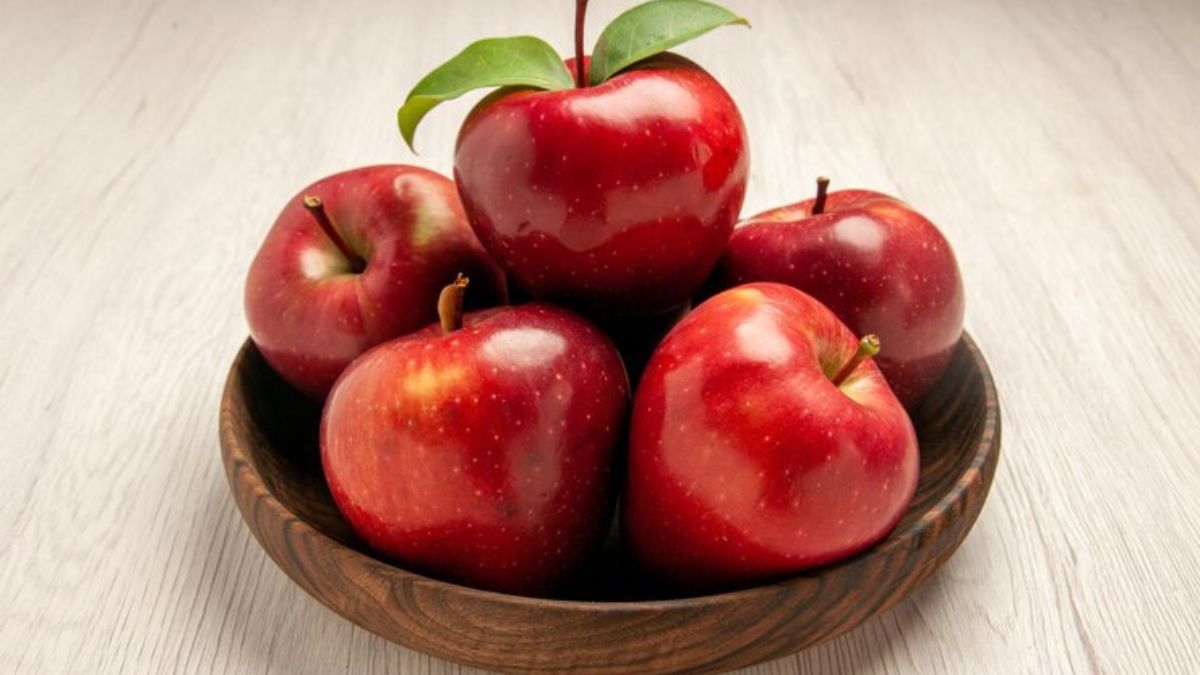Are you a sushi enthusiast looking to up your knowledge on the tiny, flavorful spheres that adorn your favorite rolls? Look no further than this deep dive into the world of Masago and Tobiko! These two seafood delicacies may look similar at first glance, but each brings its own unique qualities to the table. Join us as we explore the differences between Masago and Tobiko, from their origins and nutritional value to their culinary uses and sustainability impact. Let’s dive in (pun intended) and uncover everything you need to know about these tiny but mighty toppings!
Origin and History of Masago and Tobiko
Masago and tobiko may look similar, but their origins and histories tell different tales. Masago comes from the capelin fish, found in cold waters like those off Iceland and Newfoundland. The tiny, vibrant orange eggs are harvested primarily for culinary use.
On the other hand, tobiko originates from the flying fish native to warmer ocean regions like Asia and the Caribbean. The eggs range in color from red to green to black because of natural or artificial coloring added during processing.
Both ingredients have been staples in Japanese cuisine for centuries, adding bursts of flavor and texture to dishes like sushi rolls and sashimi. Over time, they’ve also gained popularity worldwide as unique additions to various fusion dishes.
Understanding their beginnings sheds light on these seafood delicacies’ cultural significance and gastronomic versatility.
Nutritional Value and Health Benefits
When it comes to comparing Masago and Tobiko in terms of nutritional value, there are some differences worth noting. Masago is rich in protein, providing essential amino acids necessary for muscle growth and repair. It also contains omega-3 fatty acids, which are beneficial for heart health and brain function.
On the other hand, Tobiko is high in vitamin B12, an important nutrient for red blood cell formation and nerve function. Additionally, Tobiko is a good source of selenium, an antioxidant that helps protect cells from damage.
Both Masago and Tobiko are low in calories but high in flavor, making them a great addition to various dishes without adding excessive fat or sugar. Incorporating these fish roes into your diet can provide a boost of nutrients while enhancing the taste of your meals.
Flavor and Texture Comparison
When it comes to the flavor and texture of masago and tobiko, there are some distinct differences worth noting. Masago, which is the roe of smelt fish, offers a mild and slightly sweet taste with a crunchy texture that pops in your mouth when eaten. On the other hand, tobiko, derived from flying fish roe, has a more pronounced briny flavor along with a firmer texture compared to masago.
Masago’s delicate taste makes it versatile for various dishes like sushi rolls or salads where you want a subtle burst of flavor. Tobiko’s stronger sea-like essence pairs well with sushi sashimi or as a garnish on top of seafood dishes for added depth.
Whether you prefer the gentle crunch of masago or the bolder taste of tobiko will depend on your personal palate preferences and the specific dish you are preparing.
Culinary Uses of Masago and Tobiko
Masago and tobiko are both popular ingredients in Japanese cuisine, known for their vibrant colors and popping texture. When it comes to culinary uses, these tiny fish eggs can elevate a dish with their unique flavors and visual appeal.
Masago is often used as a topping for sushi rolls, adding a burst of umami flavor and contrasting texture. Its small size makes it perfect for garnishing dishes or mixing into sauces to add depth of flavor.
On the other hand, tobiko’s slightly larger eggs are prized for their crunchy texture and natural sweetness. Tobiko is commonly used in sashimi dishes or mixed into spicy mayo for a creamy yet crunchy kick.
Both masago and tobiko can also be incorporated into salads, rice bowls, or even omelets to add a pop of color and flavor. Experimenting with these fish roes can bring new dimensions to your culinary creations!
Cost Comparison between Masago and Tobiko
When it comes to the cost of Masago versus Tobiko, there are some differences worth noting. Masago is generally more affordable compared to Tobiko due to its smaller size and milder flavor. This makes it a popular choice for those looking to add a touch of texture and color without breaking the bank.
On the other hand, Tobiko tends to be pricier because of its larger size and distinct crunchiness. Its vibrant colors also contribute to its higher price point as they are often used for decorative purposes in sushi dishes.
The cost difference between Masago and Tobiko may vary depending on where you purchase them from and their quality. It’s essential to consider your budget and intended use when deciding which one to go for in your culinary creations!
Sustainability and Environmental Impact
When it comes to sustainability and environmental impact, both Masago and Tobiko have their own considerations. The harvesting of Masago, which typically comes from the Capelin fish, is often done sustainably with minimal impact on marine ecosystems. This practice helps maintain a balance in ocean populations.
On the other hand, Tobiko is commonly sourced from flying fish roe. Due to overfishing and unsustainable practices in some regions, there are concerns about its environmental impact. It’s important for consumers to be aware of where their Tobiko is coming from to make more sustainable choices.
As responsible consumers, opting for Masago sourced from well-managed fisheries can contribute positively to marine conservation efforts. Being mindful of the origins of seafood products like Masago and Tobiko plays a crucial role in promoting sustainable practices within the food industry.
How to Incorporate Masago and Tobiko into Your Diet
Looking to add a pop of color and flavor to your dishes? Incorporating masago and tobiko into your diet is an exciting way to elevate your meals! These tiny fish eggs are not only visually appealing but also pack a punch in terms of taste.
Sprinkle masago or tobiko on top of sushi rolls for a burst of briny goodness with each bite. Their crunchy texture adds a delightful contrast to the soft rice and fresh seafood.
Mix them into creamy sauces or dips like spicy mayo for a unique twist that will impress your taste buds. The salty umami flavor enhances the overall dish, making it more complex and satisfying.
Experiment by incorporating masago or tobiko into salads, poke bowls, or even omelets for an unexpected element that will take your culinary creations to the next level. Let your creativity shine as you explore different ways to enjoy these flavorful fish roe!
Choosing Between Masago or Tobiko in Different Dishes
When it comes to choosing between Masago and Tobiko for different dishes, consider the flavor profile you want to achieve. Masago has a milder taste compared to Tobiko, which is known for its slightly salty and more pronounced flavor.
If you’re looking for a pop of color, Tobiko’s vibrant hues might be the way to go. On the other hand, Masago offers a subtler appearance that can complement various culinary creations without overpowering them.
Texture also plays a role in decision-making. While both have small crunchy beads, Masago tends to be smaller and softer than Tobiko. This can influence the overall mouthfeel of your dish.
The choice between Masago or Tobiko boils down to personal preference and what you aim to achieve in terms of taste, texture, and visual appeal in your culinary masterpiece.
Conclusion: Which
After exploring the differences between Masago and Tobiko, it’s clear that each has its unique qualities. Masago, with its smaller size and vibrant color, adds a pop of flavor to dishes like sushi rolls or salads. On the other hand, Tobiko’s larger eggs bring a distinct crunch and brininess that can elevate dishes in a different way.
When considering nutritional value, both Masago and Tobiko offer beneficial nutrients like protein and omega-3 fatty acids. However, their flavors and textures are what truly set them apart. Masago is milder in taste compared to Tobiko’s stronger flavor profile.
In terms of cost, Masago tends to be more budget-friendly than Tobiko due to its availability. Sustainability-wise, both options have considerations due to overfishing concerns.
Choosing between Masago or Tobiko depends on personal preference and the dish you’re preparing. Experimenting with both can help you discover which works best for your palate!
FAQs
Q: Can I eat Masago and Tobiko if I have a seafood allergy?
A: If you have a seafood allergy, it’s best to avoid both Masago and Tobiko as they are types of fish roe.
Q: Are Masago and Tobiko the same thing?
A: No, Masago and Tobiko come from different species of fish. Masago is typically sourced from capelin, while Tobiko comes from flying fish.
Q: How can I tell if the sushi contains Masago or Tobiko?
A: The easiest way to identify whether your sushi contains Masago or Tobiko is by looking at the color. Masago is orange in color, whereas Tobiko can be red, black, green, or other colors due to its various flavorings.
Q: Are there any vegetarian alternatives to Masago and Tobiko?
A: Yes! Vegetarian alternatives like vegan caviar made from seaweed are available for those who want to enjoy similar textures without using fish roe.
Remember these FAQs when deciding between incorporating either masago or tobike into your dishes!










